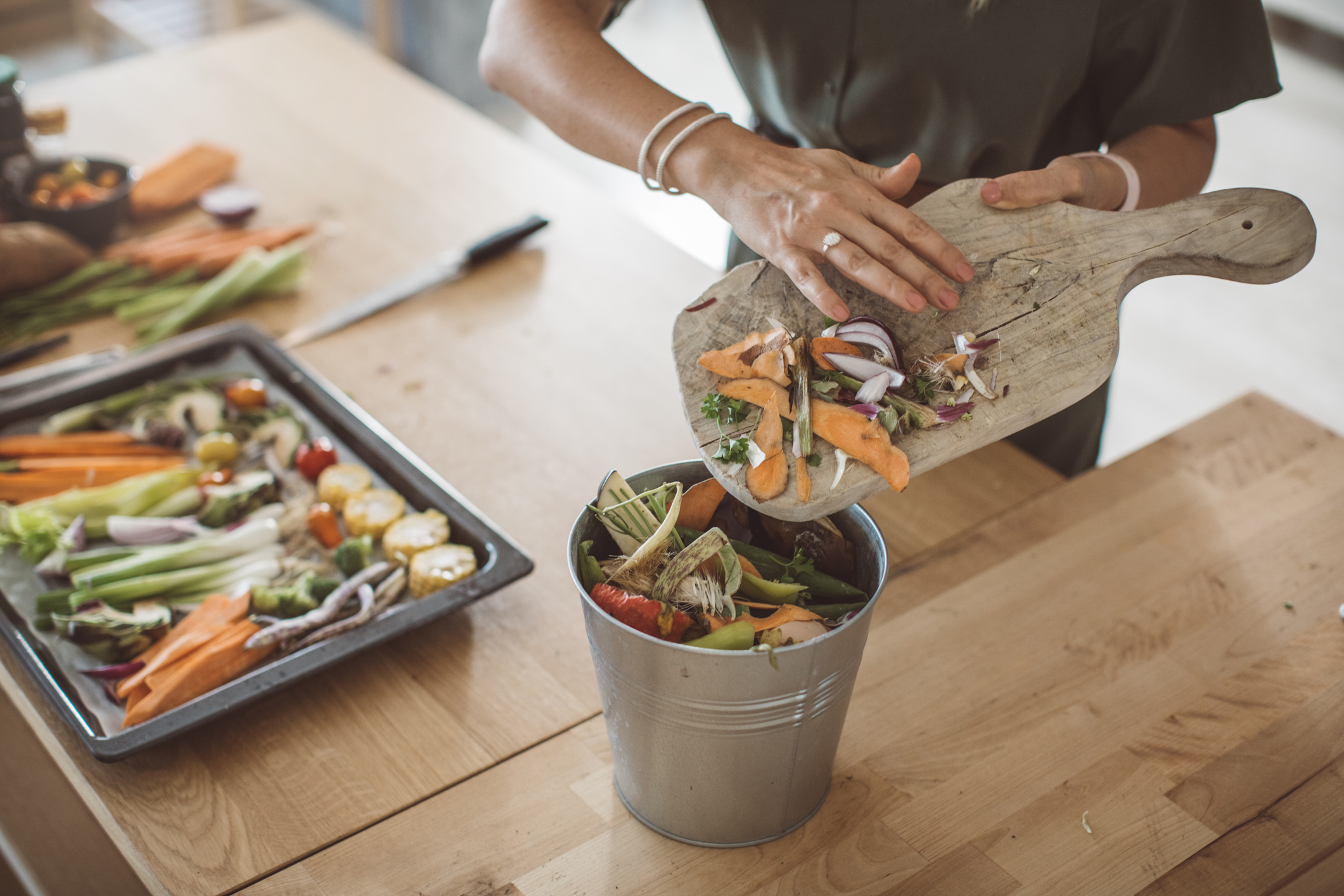IN FOCUS
22 April 2020
Beating COVID-19: Strategies for Food Waste Management in Restaurants
During the crop year 2018/19, a total of 131 million tons of sugarcane were milled, which produced 14.6 million tons of sugar,
- During the spread of COVID-19, SMEs across various industries are facing liquidity crunch. This is especially true among restaurant businesses with limited cash reserve. When income is not flowing as usual, all cost saving initiatives must be carefully considered. The cost of raw materials for a restaurant is one of the largest operating expenses that owners or managers in the business face everyday. Without proper planning and efficient management, a great amount of raw materials, has become food waste and eat into the restaurant’s bottom line.
- Restaurant managers should follow three steps to control food waste before it reaches the consumers: 1) Inventory management 2) Raw material procurement and 3) Operating management. Additionally, setting up an acceptable level of food waste per restaurant is also recommended. The specific level could be varied, based on restaurant types. The indicator could help to identify where mistakes were made and also could work as an encouragement for operation staff.
- Not only that the reduction of food waste is a great way to avoid excess costs and to improve cash flow for restaurant, but it is also a way to attract new generation of consumers who are becoming more ethically-contious in their consumption and lifestyle decisions.
![engfullreport.jpg]()

